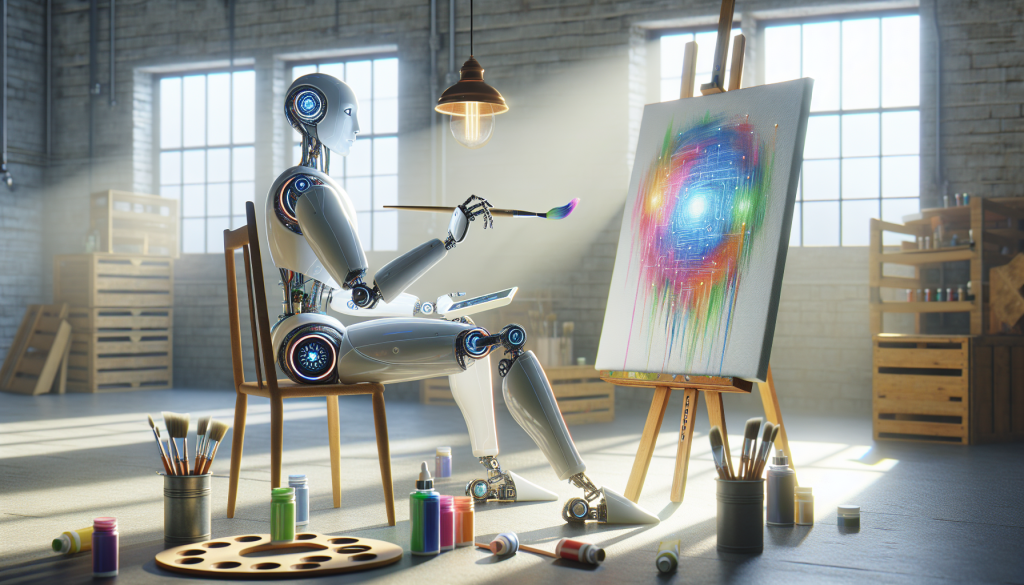
The emergence of artificial intelligence (AI) has been a game-changer in sectors spanning from healthcare to finance. Yet, as we delve deeper into the AI landscape, a divergence is evident between traditional AI and a new frontier known as generative AI. The conversation around these two AI paradigms swirls with possibilities and potential, especially concerning generative AI’s role in unleashing a wave of creativity across industries.
Traditional AI, also referred to as discriminative AI, excels at classifying and understanding the world as it is. It operates on large datasets to recognize patterns, make recommendations, and extract insights. This type of AI is at the heart of many familiar applications—think search engines, spam filters, voice recognition systems, and even personal assistants like Siri and Alexa. Traditional AI is synonymous with supervised learning, where algorithms are trained on labeled data to predict outcomes or discern between different inputs.
Generative AI, on the other hand, is not content with simply categorizing or predicting. It is about creating something new. This model of artificial intelligence is aptly named, as “generative” signifies the production of content. Generative AI can synthesize photos, generate realistic human voices, craft written text, and even compose music. It doesn’t just interpret the data; it uses it as a springboard to innovate.
At the core of generative AI are generative models—algorithms designed to take in a dataset and then produce outputs that could believably come from the same distribution. These AI systems use unsupervised learning, where they try to identify patterns and relationships without being provided explicit instructions. A quintessential example would be generative adversarial networks (GANs), where two neural networks compete with one another: one generates candidates and the other evaluates them, akin to an ongoing game between a forger and an art critic.
So, why does this distinction matter? One of the prominent realms where generative AI shines is in the domain of creativity. While traditional AI can augment decision-making with high-speed data analysis and insights, generative AI can conceive novel designs, be it in fashion, architecture or digital art. This is not merely replication or a remix of existing patterns but an entirely new creation that mimics the novel thought process of the human brain.
The film industry stands as a prime example, where generative AI could autonomously develop diverse scenarios or even script out an entire movie. In the space of content creation, the advent of generative AI models like GPT-3 has allowed creators to break through writer’s block by generating original pieces of written content – from articles to poetry. Moreover, generative models can tailor personalized experiences, creating advertising content that resonates more deeply with individual preferences and cultural nuances.
However, this new AI capability comes with important considerations. The ability of these models to produce original content has sparked discussions around ethics, authorship, and the nature of creativity. When a generative AI creates a piece of music, who owns the copyright? How do we ensure that generative AI is used fairly and does not propagate biases? How do we reconcile the artistic merit of AI-generated creations versus human-conceived works? These questions are complex and demand ongoing discourse as generative AI continues to evolve.
Traditional AI’s capacity to analyze and predict is invaluable for efficiency and optimization, but generative AI’s potential to invent and create is transformative. Both are needed for the fourth industrial revolution that beckons. While traditional AI revolutionized the way businesses understand and interact with data, generative AI is expected to revolutionize how they innovate and create.
The future of AI is not just about learning from the past or understanding the present—it’s also about imagining the future. Generative AI is a testament to the intersection of AI and human imagination, opening up a realm of possibilities that can enrich not only how we work but also how we express our humanity. By embracing the synergies between generative and traditional AI, we can harness a more holistic approach to artificial intelligence that maximizes the strengths of both, paving the way for unprecedented levels of creativity and innovation.

This controversial report may shock you but the truth needs to be told.
Grab my Free Report